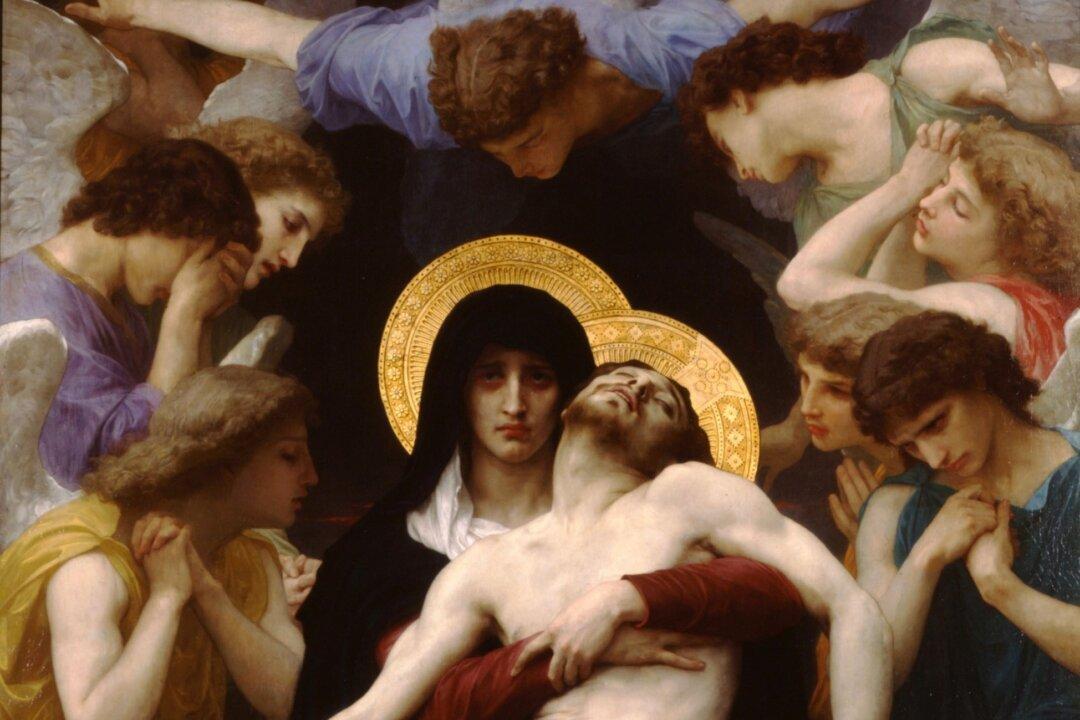As human beings, we try our best to deal with the pain of death. Today, we will look at how one of the greatest artists of the 19th century, William-Adolphe Bouguereau, dealt with death through his paintings.
Bouguereau’s Artistic Development
Bouguereau was born in 1825 in La Rochelle, France, and at a young age entered the local school, where he impressed his classmates with the drawings he did in his notebooks and school texts. However, his father’s business was failing, and their financial situation often led to arguments between his parents. It wasn’t long before Bouguereau’s parents sent their children to stay with relatives.The young Bouguereau went to stay with his uncle, who showed him love and affection and encouraged the boy’s love of classical culture. In 1839, when Bouguereau was 14 years old, his uncle enrolled him in the college of Pons to study religion and classical literature, which would influence much of his later artwork.





